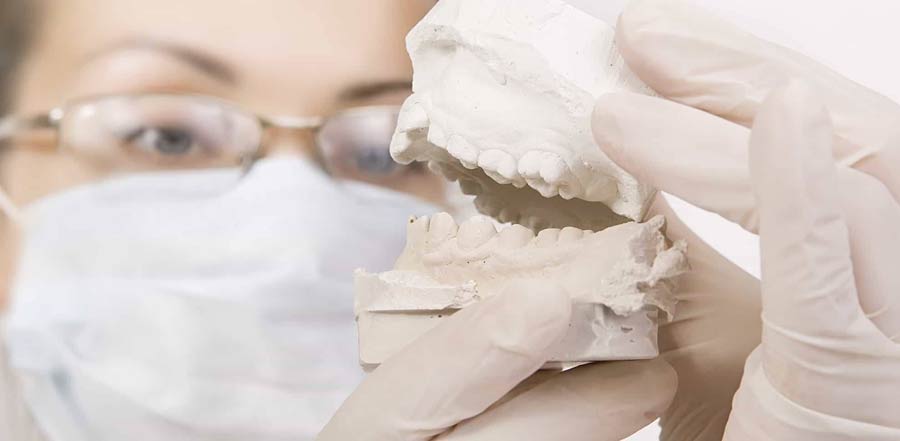Teens Orthodontist | Orthodontics for Teenagers
Many parents and their teenagers get very anxious when they think of adding braces to adolescence’s emotional and physical roller coaster. Don’t worry! Orthodontic treatment is far less scary than you may think. We always begin with a complimentary evaluation with a board-certified orthodontic specialist, Dr. Carmen Briceño Crespi, and our fantastic staff. Once we identify a need for treatment, we explain in detail all of the options available to get you to your ideal smile. We then make a custom treatment plan and let you decide what style and type of treatment you want to choose.
At Lakes Orthodontics, we offer you the latest and “coolest” ways to straighten teeth and correct bite issues. Braces today are much smaller and less noticeable than in the past, and they come in various materials, styles, and colors.
Choose your style of braces:
Our practice offers a variety of orthodontic treatment options for our patients to choose from. Some common options include:
- Ceramic (clear) braces
- Invisalign, Invisalign Teen, and Invisalign Express.
- Traditional metal braces with or without colors (colors can be changed at each appointment).
Another common question is: “How long will I have to wear braces?”
At Lakes Orthodontics, we treat every patient based on their specific needs and preferences, and then we custom design a treatment plan to help them achieve their ideal smile!
The length of treatment time is dependent on three main factors:
What are the patient’s needs?
The amount of time it will take to correct a problem will determine the overall treatment length. Besides, each patient reacts to his or her treatment differently. After all, we are humans, not robots! Treatment times can vary based on how rapidly your body responds and how much work is necessary to give you the beautiful smile you deserve. An estimated treatment time is always given to each patient after Dr. Briceño Crespi studies and designs each patient’s specific treatment.
The Patient! The Teen!
Your willingness to follow Dr. Crespi’s instructions and use the appliances we give you greatly impacts the length of time it takes to complete treatment and results in your beautiful smile. It is always important to remember to take care of your braces and appliances; this will help make your treatment time faster and end with optimal results!
Make it to your appointments!
Teens are very busy and always have a lot going on in their lives between school, sports, social events, etc. Canceling their adjustment appointments for other activities will delay the length of treatment. Remember, Dr. Briceño Crespi plans out a custom-designed treatment plan for each patient that includes scheduled follow-up appointments to monitor, adjust, and advance her patient’s treatment. The average time between appointments is six weeks apart, and adjustments tend to take a half hour or less.
So, whether it appears or you think that your teenager needs orthodontic treatment such as Invisalign Teen or braces, the easiest way to find out is to make a free no, obligation consultation with the award-winning, board-certified Miami Lakes orthodontist Dr. Carmen Briceño Crespi. Call us at (305) 820-6800 or fill out the form below, and one of our smile specialists will contact you as indicated.


